Jack Trout first introduced the concept of ‘Brand Positioning’ in 1969 in the publication Industrial Marketing. However, it wasn’t until 1981, when Al Ries and Jack Trout got together for their first book, Positioning: The Battle for Your Mind, that they defined positioning, as most of us today know it: “an organised system for finding a window in the consumer’s mind.”
Thirty four years down, and most will still agree that positioning is the aggregate perception the market has of a particular company, product or service in relation to their perceptions of the competitors in the same category.
And at the heart of this consensus is the fact that positioning has always been conceived in the context of consumer, competition, culture and category. What I call the 4-C framework of positioning.
Great. So what happens when the 4 Cs change dramatically and frequently? How does a brand’s positioning help it win when the rules, the players, the opponents, the goal post and even the court keeps changing?
The starting point for most brands was a core insight with respect to the consumer, category and brand. It was deep seated and allowed the brand to build its offering around the same. However, the consumer of today is no longer one-dimensional. Even if for the sake of argument we were to identify a dominant dimension, by the time we develop a mix around it, the consumer and probably even the category would perhaps have changed or evolved.
The next step used to be about defining the frame of reference. You always knew what you were up against and while it saw a few changes, it never changed dramatically. Today that frame of reference is dynamic and constantly changing. Banks competed with banks. And soft drinks competed only with other beverages. Not anymore!
The final step was all about identifying a competitive advantage that emerged from the core strength. While it was design for one and distribution for the other, each company had something that it could do better than anyone it was competing with. We all know the longevity of a competitive advantage today!
Given this, brands today do not have the luxury to plan out a single strategy for a single game anymore. It is a long game made up of a battery of smaller uniquely different games. Reminds me of what we had come up with for one of our clients Star Sports a year back when promoting the football season: “The season is long”. And that’s exactly what it is. No team in the EPL or La Liga can go in with one ‘season strategy’. Each team plays 38 games in a season spread over nine months. And I will be damned if the team manager does not have 38 different strategies. Every game is different – team composition, injuries, ground, weather, dressing room dynamics, position in the league table, confidence of the opposing team, crowd support, match bans etc, etc. And which is why every game’s strategy is different.
Winning the brand game is no different today. The number of variables that are at play and in constant motion is unnerving to say the least. And in my view, the context trumps everything. Always. And if the context changes, the brand overture has to change. Period. Tactical smarts could well be the strategy just as we are seeing more and more cases of execution being the idea itself!
And which is why brands need to get into a ‘speed dating’ mindset. Brands need to understand that one wooing style will not suffice. Every date comes with its unique ecosystem of the 4 Cs; and brands need to try different approaches to woo, to appear interested, to sound interesting and then only will it get lucky in each of these dating opportunities it gets, or creates for itself. The context is fluid and so should strategies. If we don’t revise the framework for building brands, brands run the risk of sliding down the slippery road of irrelevance.
I suspect that it was the seeming permanence of a relatively stoic ecosystem in the past, which limited brand positioning to a one-word or a one-line mousetrap.
As Mark Batey writes in his book Brand Meaning, from a neuropsychology perspective, a brand is the totality of stored synaptic connections; a web of connecting neurons that ‘fire’ together in different patterns. As these multiple connections between multiple brand associations are reinforced over time they effectively come to paint a picture of the brand in peoples’ minds. The collective, associated meanings of a brand thus resemble the structure of a neural network. So we are wired by birth to interpret and stock a bunch of meanings, and not one. A brand is thus likely to always be a cluster of meanings.
So while I strongly believe that the ever-changing 4-C context will need brands to be fluid and inconstant in its form and appeal, two aspects will still define how one brand fundamentally differs from another – the brand’s purpose and the brand’s point of view.
So how does the brand of the future look like to me? A social extrovert always on the look out to make new friends, an effortless and natural linguist, a chatty conversationalist who can move from one subject to another with ease and authority, a speed dating enthusiast with the charm and determination of a committed serial monogamist and lastly, multi-faced; comfortable living its life in many mutually exclusive silos, strung together only by its purpose in life and its point of view of it.
So should the brand of the future mean many things to many people while at the same time meaning the most to the ones who find meaning in it? Blasphemously, intellectually awkwardly, tongue twistingly and probably, yes.
Brandsutra 2.0: More than one position recommended.
(The author is, regional president – South and Southeast Asia, CEO – India, Mullen Lowe Lintas Group. Views expressed are personal. This article was first published on 8 January 2016.)



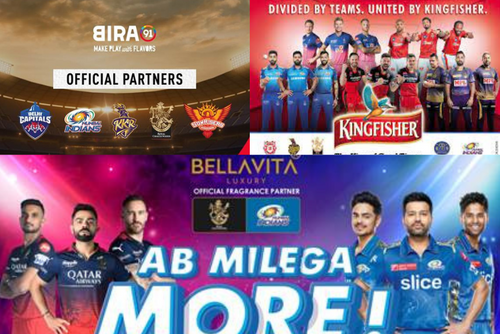

.jpg&h=334&w=500&q=100&v=20250320&c=1)
.jpg&h=334&w=500&q=100&v=20250320&c=1)
.jpg&h=334&w=500&q=100&v=20250320&c=1)
.jpg&h=334&w=500&q=100&v=20250320&c=1)


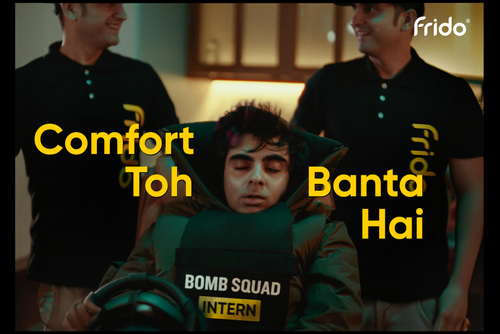

.jpg&h=268&w=401&q=100&v=20250320&c=1)
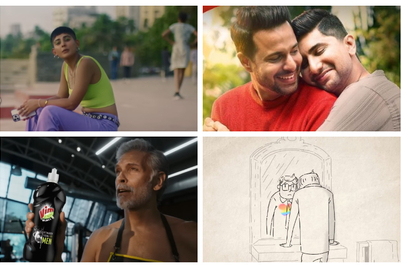
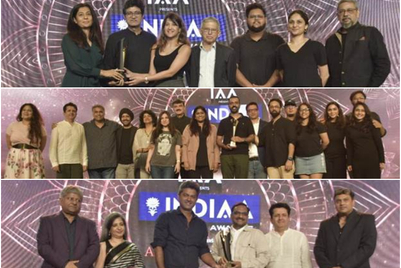
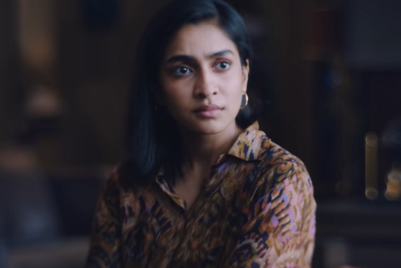
.jpg&h=268&w=401&q=100&v=20250320&c=1)
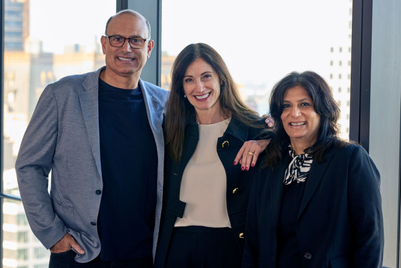
.jpg&h=268&w=401&q=100&v=20250320&c=1)

